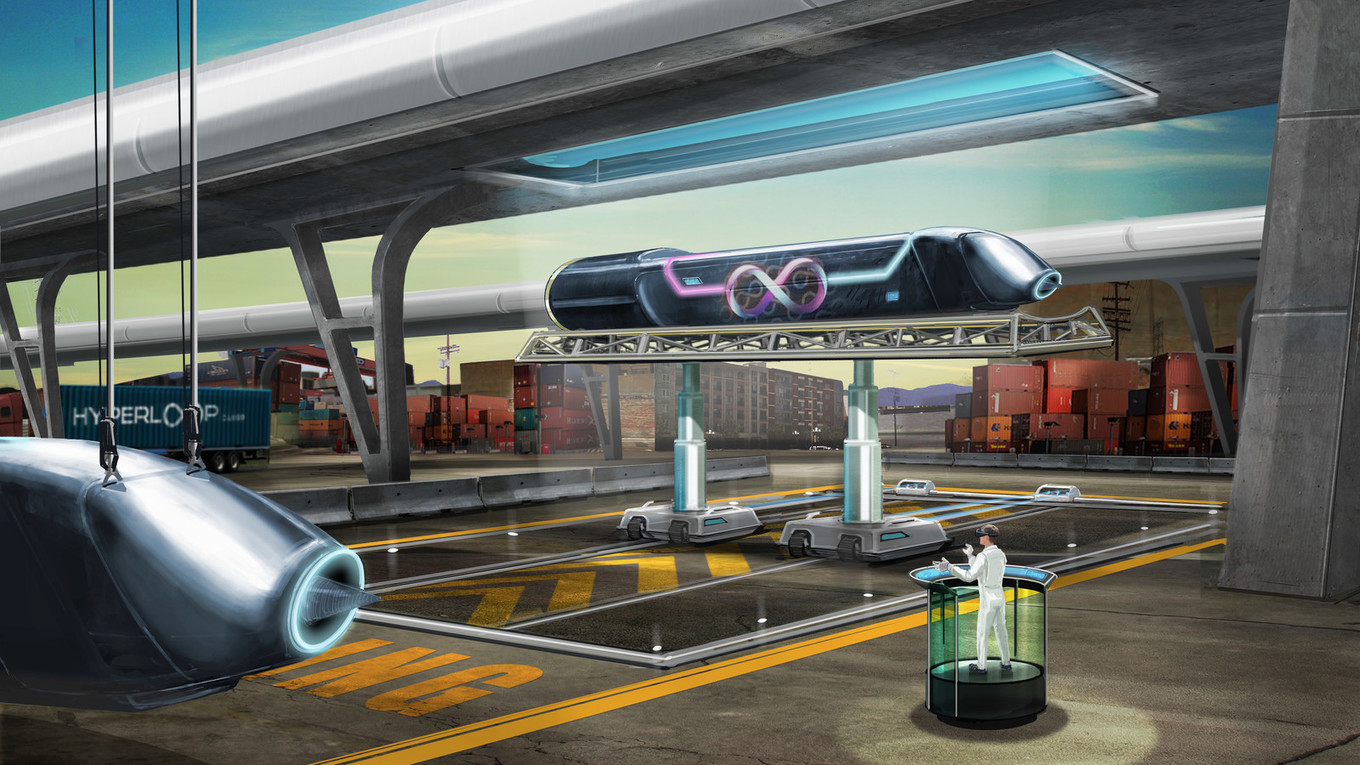This morning, a company called Hyperloop One made history. Nearly four years to the day after Elon Musk first published his plans for the system, the company set a new hyperloop speed record, logging nearly 200 mph on their test track outside Las Vegas. It’s an impressive achievement by any measure, but it’s particularly impressive given how implausible the project originally seemed. When Elon Musk first announced his plans, few observers would have predicted that a workable prototype would emerge within four years — particularly one developed without Musk’s direct involvement.
Hyperloop One still faces significant challenges as an actual business venture, but it’s worth appreciating how much it’s achieved so far. The company has successfully brought hyperloop technology from a woolly thought experiment into a viable prototype that can do almost everything Musk described four years ago.
Almost.
If you compare the existing systems against Musk’s original specifications, you can see a number of compromises. Each one is understandable, maybe even inevitable, but they add up to a significant change from what Musk originally proposed. As the hyperloop has come down to earth, it’s lost some of its luster, becoming more like a faster, lighter train. And in the process, it’s raised serious questions about how much of an advantage it will have over existing transit methods.
Sourced through Scoop.it from: www.theverge.com




Leave A Comment